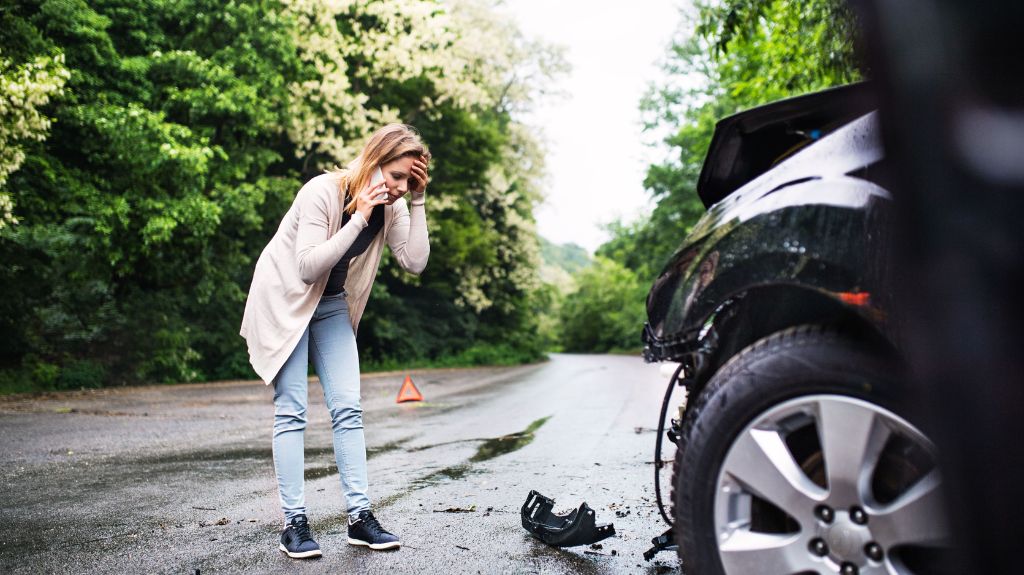5 Driving Mistakes Made While Driving in a Downpour

Many Michiganders consider icy roads the most dangerous driving condition. However, according to the Federal Highway Administration, rain contributes to 46% of weather related collisions. Adjusting your driving for wet weather and avoiding these common mistakes can help keep you safe and prevent an accident.
1. Driving too quickly on wet pavement, especially after a drought
The first rain after a period of hot weather can make roads extra slick. This is because when the sun hits the pavement, heat causes oil to come to the surface. Add fresh rain to the pavement, and you have a slippery mix of oil and water.
The oily film will remain on the road until the rain has enough time to wash it off the surface. Staying aware of this potential loss of traction and reducing your speed can help you avoid surprises and prevent an accident.
2. Braking in response to hydroplaning
Hydroplaning occurs when water creates a barrier between your tires and the pavement, causing you to lose control of your vehicle. Your first instinct may be to press the brakes, but this can actually exacerbate the situation. If your tires aren’t making contact with the pavement, braking can cause your car to spin further out of control. Instead, firmly hold the wheel and guide your vehicle toward the skid until you regain traction on the pavement.
3. Not leaving enough space between cars
Most drivers know to leave ample space between their car and the vehicle in front of them. However, drivers should leave even more distance during heavy rains due to reduced visibility, slick roads and potential accidents ahead. Leaving at least 5 seconds of space between cars will give drivers time to recognize hazards early and react accordingly.
4. Not staying on top of vehicle maintenance
It may not seem like a big deal to postpone vehicle maintenance, but doing so can make your rainy commute dangerous – especially when it comes to tires. Tires that are worn, or even something as simple as improper inflation could lead to hydroplaning and longer stopping times.
Drivers should check their tire pressure and tread depth, ensure headlights are working and unobscured, and check windshield wipers for any damage that could prevent them from working at their optimal level.
5. Driving towards the side of the road
Driving towards the side of the road may seem like a good idea, especially in the rain when visibility is reduced. However, it can actually increase the risk of driving over standing water and hydroplaning. Roads are designed to be the highest in the middle, allowing water to run off the center crown and drain at the edges. Avoid standing water (and its hazards) by driving in the center of the lane.
About Warren Auto Body Shop, Pole Position Auto Body
Pole Position Auto Body is an I-CAR Gold Class Certified facility that’s been repairing Metro Detroiters vehicles for over 3 decades. We follow all OEM procedures and utilize the current technology and repair techniques to return your car to its pristine, pre-accident condition, typically 3 days sooner than the average repair facility!
Call Pole Position Auto Body: 586-775-4825 Where Excellence is a Habit, Not an Act!
